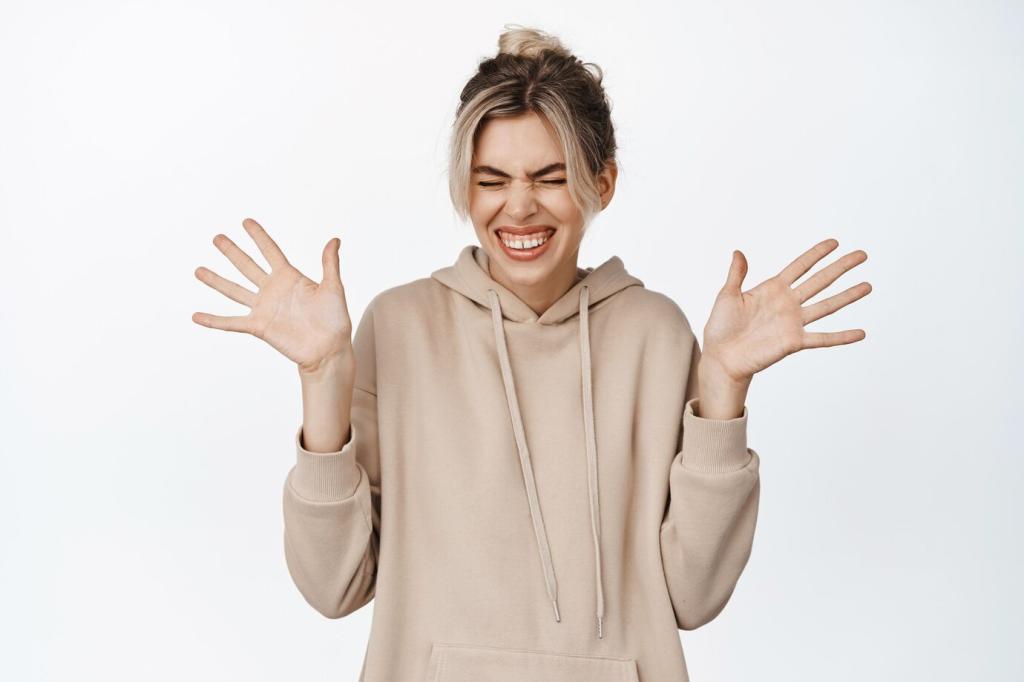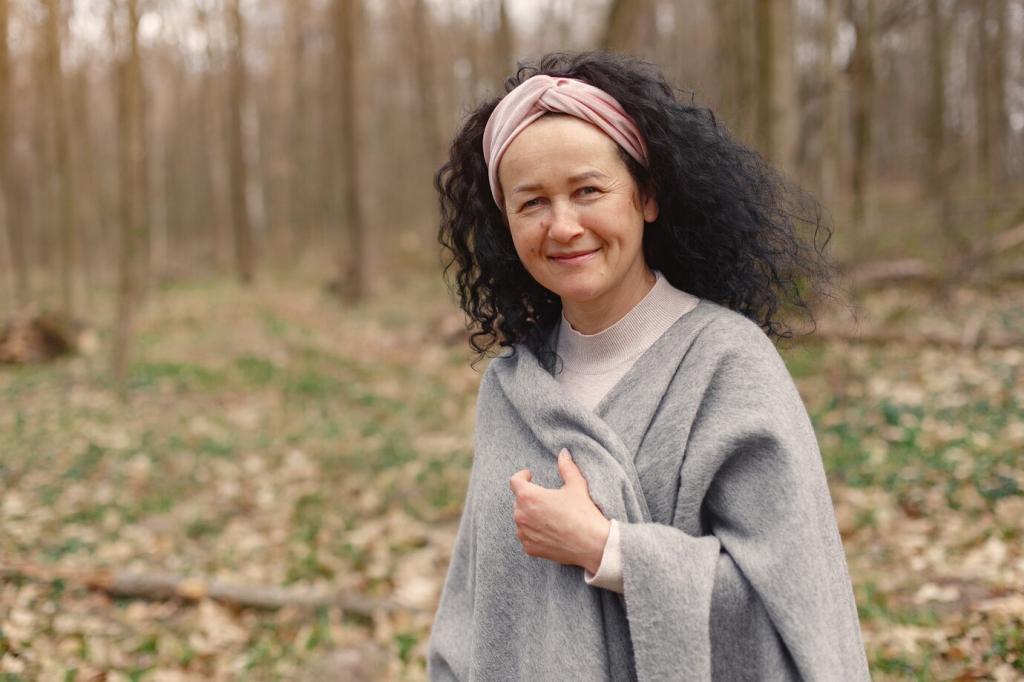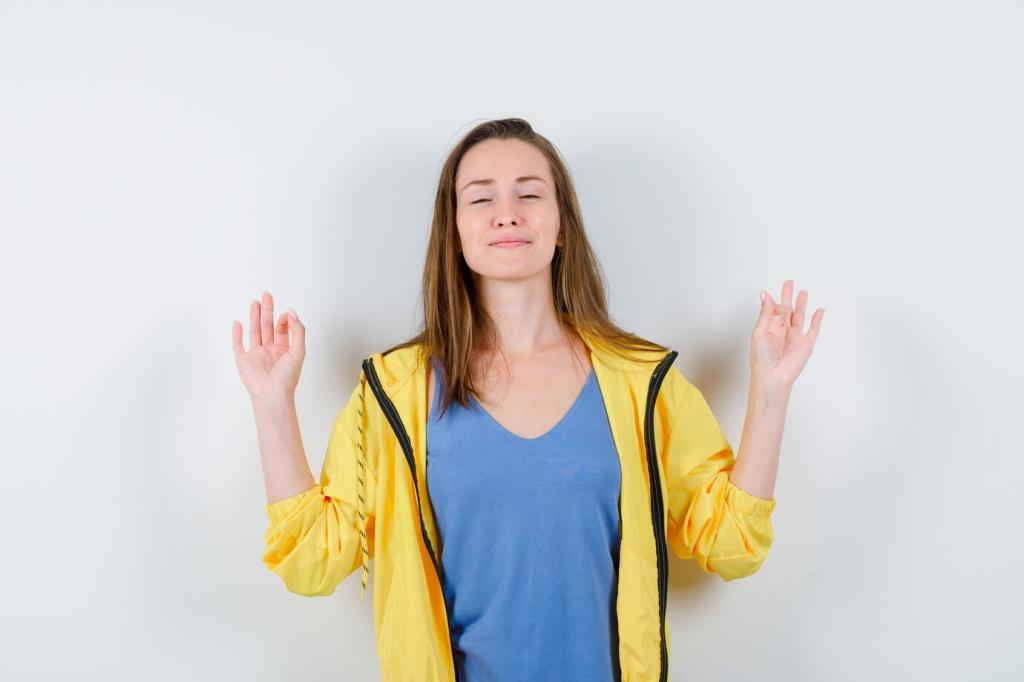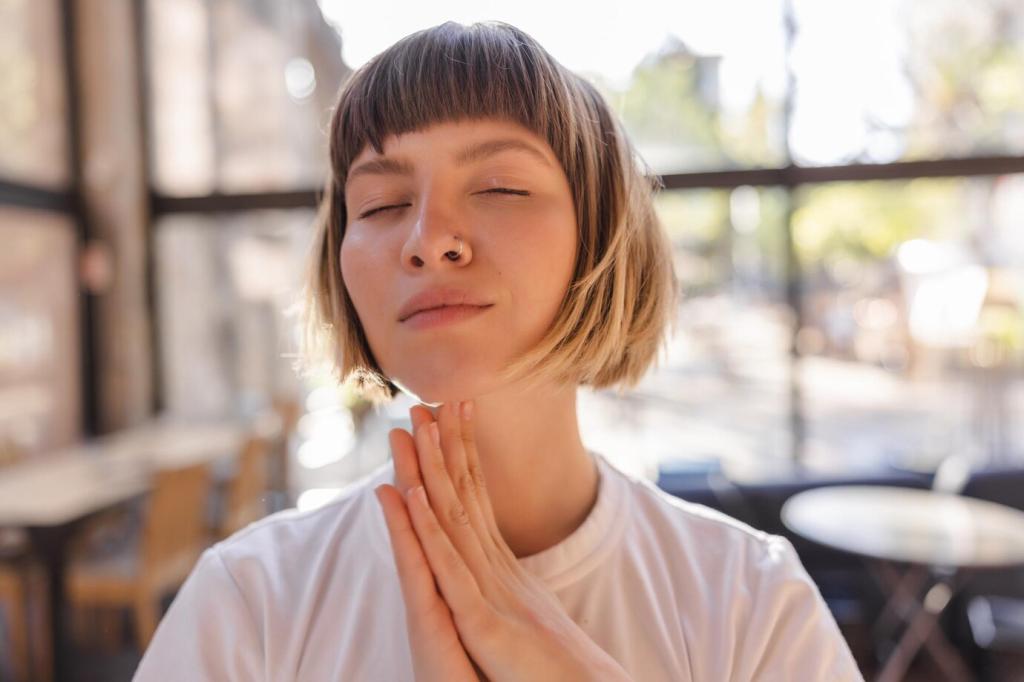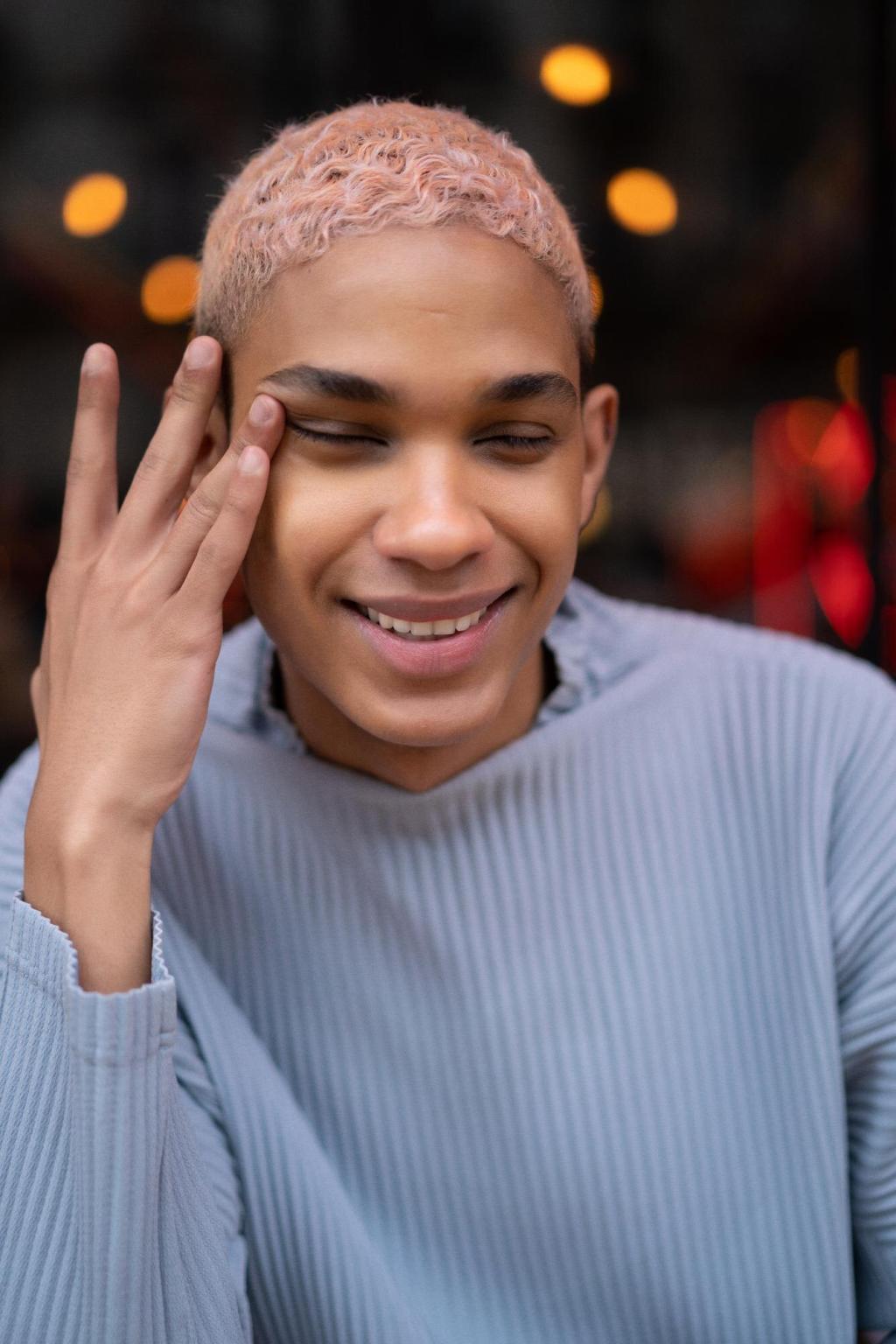Getting Started: Building A Trauma-Sensitive Art Practice
Choose a predictable place with soft light, comfortable seating, and a reachable exit. A weighted blanket, soothing scent, and a timer can help regulate sessions, offering structure without pressure or perfectionism.
Getting Started: Building A Trauma-Sensitive Art Practice
Begin with simple tools: soft pencils, non-toxic markers, dry pastels, and heavy paper. Avoid strong odors or complex equipment at first. Familiar, forgiving materials encourage exploration while supporting regulation and choice.

